Table of Contents
- Why choose hanging plants for your home?
- Picking the right plant for indoor spaces
- Light and location matter the most
- Watering without worry
- Soil and fertilizer essentials
- Common mistakes to avoid
- Creative ways to style hanging plants
- Seasonal plant care tips
- Conclusion
- FAQs
When you come into a room and see a beautiful hanging plant, it gives a boost to the mood. The green leaves swaying slightly, the freshness in the air, and the soft charm of nature—all, yes all, is lighter. Indoor hanging plants are not just decorative items; they infuse life into houses. But they require some knowledge and lots of love to look after them. This blog will provide guidance on how to maintain them in good health, fresh and healthy throughout the year.
Why choose hanging plants for your home?
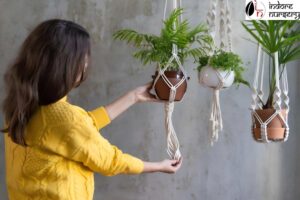
Hanging plants are not merely for decoration. They save space, clean the air, and add warmth. Imagine a balcony draped in full green vines cascading down, or a kitchen nook with hanging plants filling out the angles. They even suit all lifestyles, whether small apartments or large houses.
However, they are most often chosen for their adaptability. There are those who like those that trail like pothos and those who love flowering varieties like petunias. Each plant has its own history.
Picking the right plant for indoor spaces
Not everything goes in the house. Some need the sun, while others are comfortable in dark places. So the first is to choose with care. Start with those which are easy to maintain when you’re a novice gardener.
- Pothos- Tough and easy to maintain.
- Spider Plant- Good air purifier indoors.
- Ferns- Gives greeneries a lush look.
- String of Pearls- Looks sophisticated in living rooms.
Therefore, if you wish to know nearby options, sometimes the best plant nursery in Indore is quite good enough to offer good varieties for fresh planters.
Light and location matter the most
Light is food for plants. Without light, they will dry out soon. Place your hanging plants near a window, but avoid direct hard sunlight. South windows are usually great, and north windows are great for plants requiring shade.
Where there is less natural light, grow lights are to the rescue. Furthermore, they emit sunlight-like light and turn the leaves green and healthy. The trick lies in knowing what your plant loves—bright, indirect, or low light.
Watering without worry
Worst of all, people tend to overwater or underwater. Both are fatal to the plant. The rule is simple: water only when the top soil is dry. If the top is moist, wait.
Watering hints for hanging plants:
- Use a little watering can with a thin spout.
- Water gradually, allowing time for the soil to absorb it.
- Ensure that the pot has holes for drainage.
- Overwatering leads to root rot, one of the leading indoor plant killers.
Soil and fertilizer essentials
Soil is not dirt; it’s where your plant lives. Use well-draining soil and light for hanging plants. Avoid using heavy garden soil since it holds water. Combine potting soil, coco peat, and perlite instead.
Additionally, fertilization is also required. Give them a diluted liquid fertilizer at a gap of every two or three weeks. This keeps their growth in check and makes them shiny.
Moreover, while buying soil mixes or fertilizers, most individuals now want to buy online indoor plants in Indore along with the minimum essentials, as it saves time, and everything gets delivered straight to the doorstep.
Common mistakes to avoid
Plant maintenance is a breeze once you avoid typical errors.
- Overwatering or under-watering.
- Placing plants too close to heaters.
- Using containers without drainage holes.
- Neglecting pests like spider mites or aphids.
However, every mistake is an experience gained. The good news is that the plant forgives if noticed early.
Creative ways to style hanging plants
Hanging plants are not only meant for ceilings. They can be adorned in many other ways:
- Suspend them in macramé holders for a bohemian appearance.
- Place them on corner shelves with hanging plants.
- Situate them in clay pots on balcony railings.
- Put together flowering and leafy plants to look balanced.
Additionally, they instantly perk up boring corners, and that makes them perfect plants for home decor in Indore where space could be scarce.
Seasonal plant care tips
Plants, like humans, have their seasons. During summer, water them more since the soil dries up easily. During winter, reduce watering and do not leave them near cold air drafts. Spring is when most plants will grow fast, so fertilize them more often. Therefore, autumn is for pruning and preparing them for the next stage.
Being sensitive to seasons makes the plants strong and healthy in the years to come.
Conclusion
Indoor hanging indoor plants bring more to the table than looks; they bring a way of life. From cleaning the air to calming the mind, their worth continues. When one knows the basics—light, water, soil, and seasonal needs—caring is simple.
Begin small, play with designs, and be on your way. Moreover, each new leaf is a reward, a reminder that nature, too, can flourish even indoors with proper care.
FAQs
- How many times should I water my hanging plants?
Water is dry when the top of soil is dry. Excess water kills the roots, very low water drops and slows down the growth. Check the soil frequently. - Which indoor plants are easiest to maintain?
Pothos, spider plants and fern are low maintenance. They can handle indirect light, sometimes water, and can grow indoors, allowing them to become great for beginners. - How can I prevent pests on hanging plants?
Check the leaves regularly. Apply pesticides, soap or neem oil. Do not overwater and trim dead leaves to suppress insect infection naturally. - Can hanging plants survive in low-light rooms?
Yes, fern, pothos, or snake plants can grow in low light. Keep them close to indirect sunlight or install artificial grown lights. - What is the best way to fertilize indoor hanging plants?
Apply a thin liquid fertilizer every two to three weeks. Do not excessively, which will tamper with the roots. Fertilize more often during the development season.

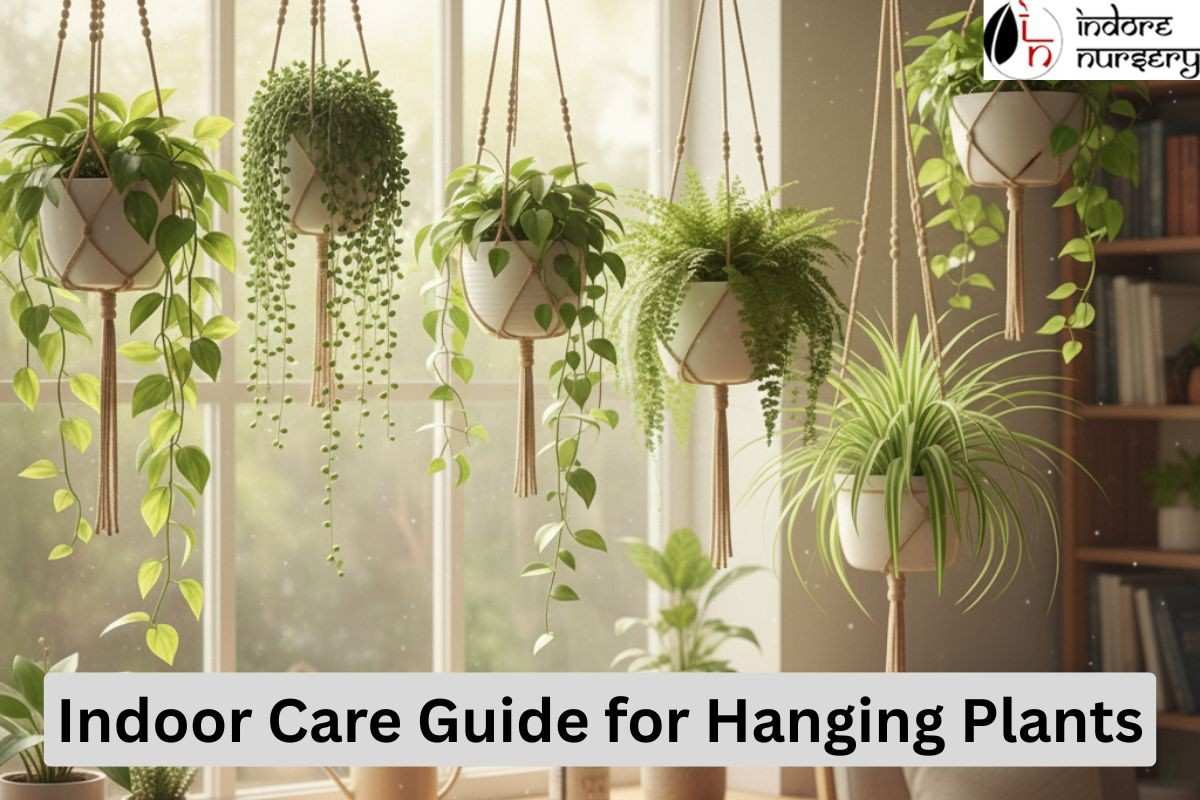




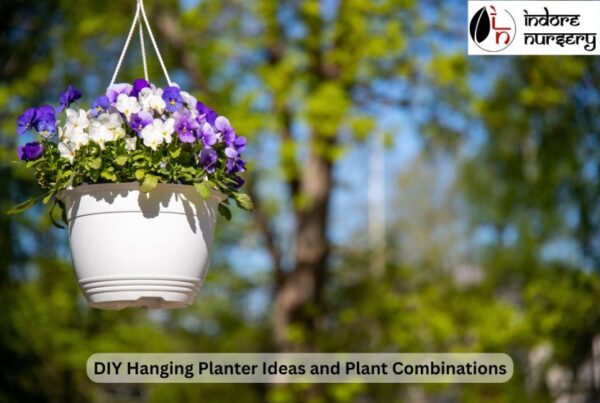
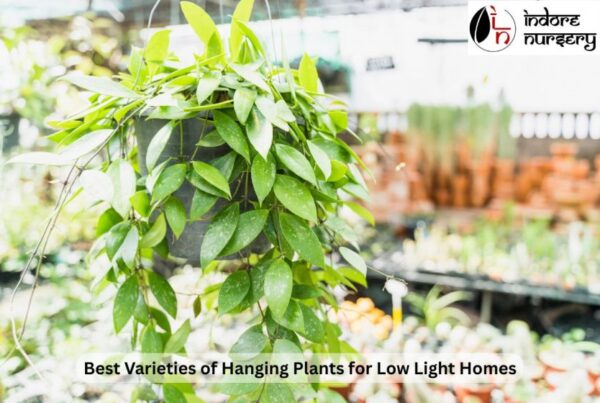

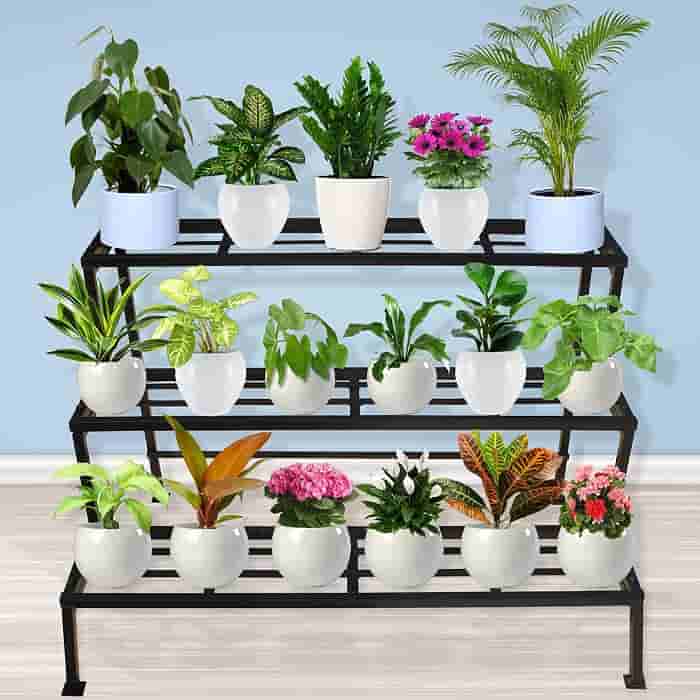
Recent Comments